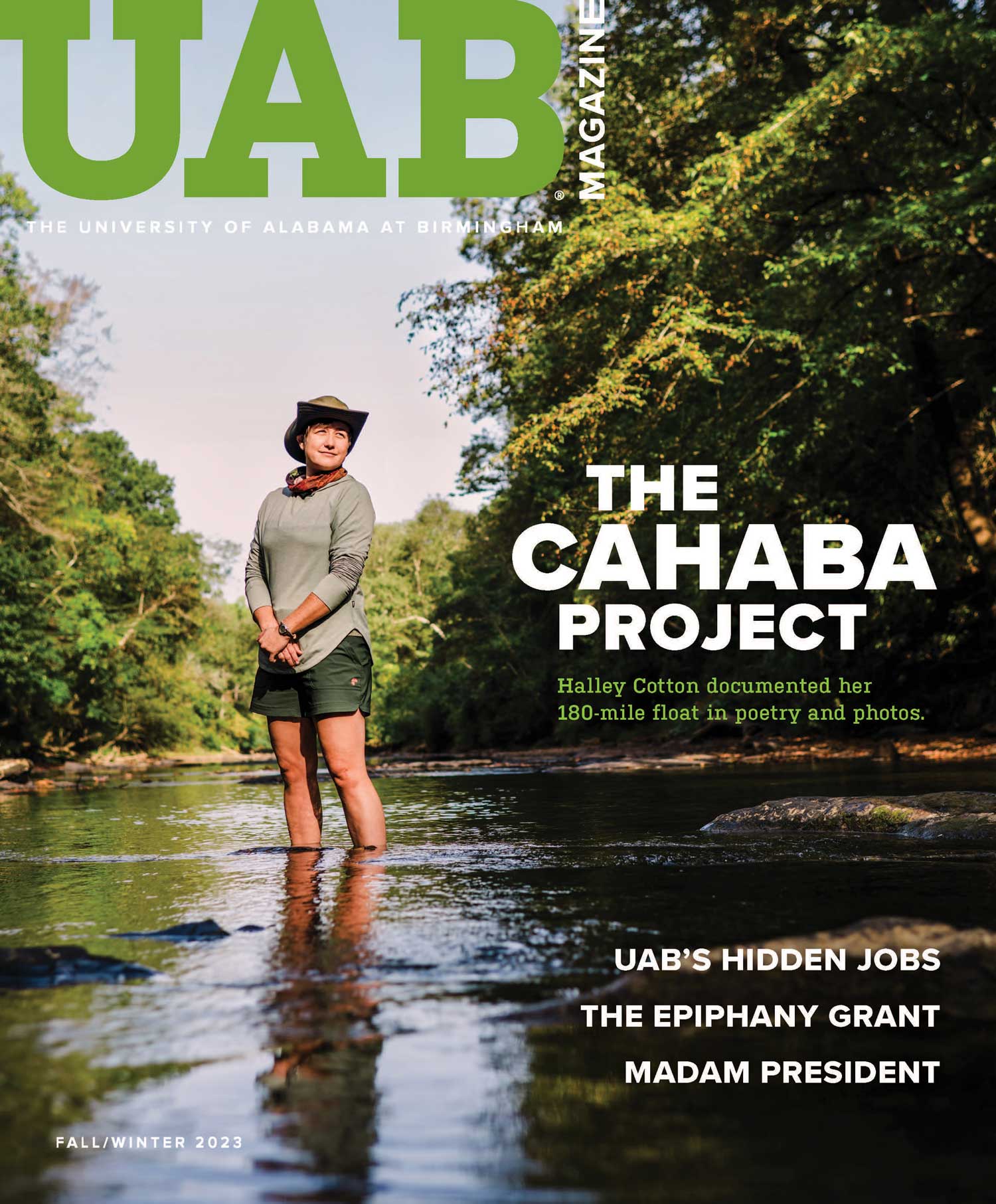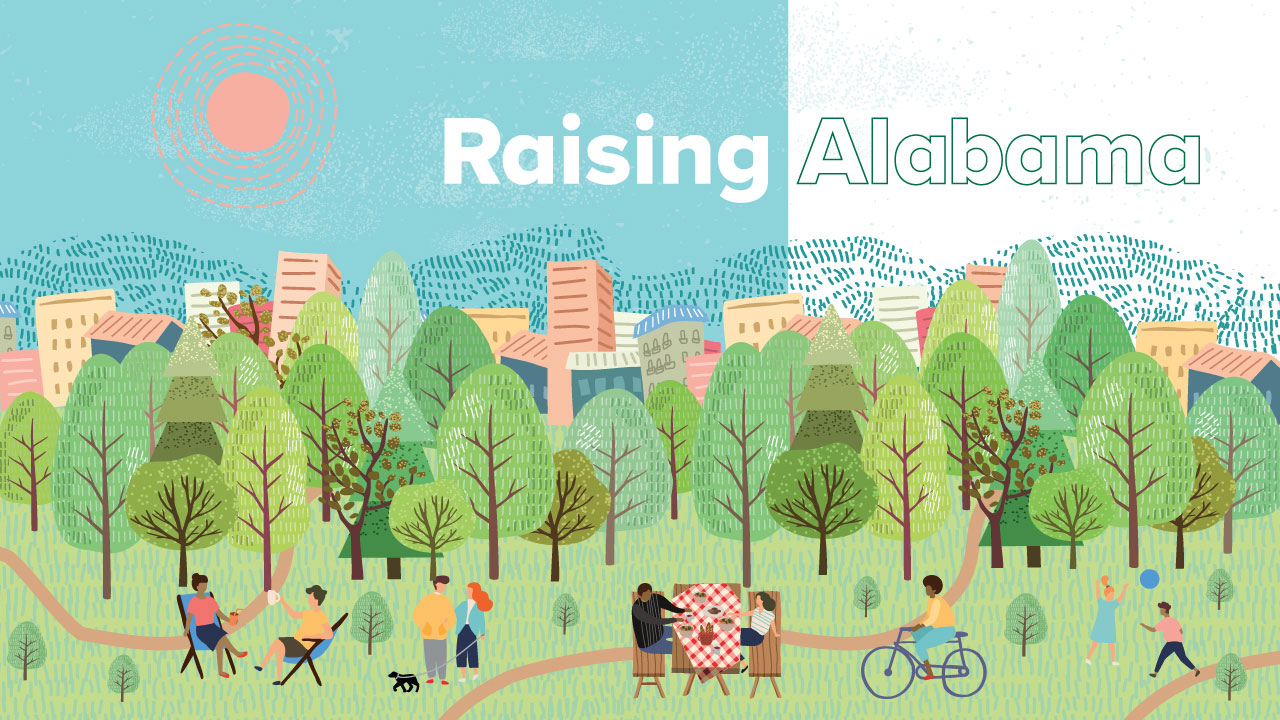In the early 1990s, Mona Fouad, M.D., was on a mission to help Birmingham’s street and sanitation workers. They had the highest rates of uncontrolled blood pressure among the city’s employees, and Fouad, then a research fellow in the UAB School of Medicine’s Division of Preventive Medicine, knew that health education could make a difference. Supported by a National Institutes of Health grant, she set up shop in the Birmingham Public Library’s downtown branch, ready to share simple, hands-on lessons about the effects of high blood pressure and the benefits of taking medication regularly.
But there was a problem: The workers didn’t show up.
Undaunted, Fouad met with the sanitation team’s supervisor. He told her that the crews worked 10-hour shifts beginning at 4:00 a.m., which left them with little energy to think about health training when they were done. So Fouad moved her classes to the sanitation team’s break room. This time, they were a hit. The program’s results were “gratifying and satisfying,” Fouad says. The American Heart Association later produced a documentary featuring the project. In it, Fouad recalls the reaction from the sanitation workers: “They said, ‘We had someone to talk to who cared and understood our lifestyle.’”
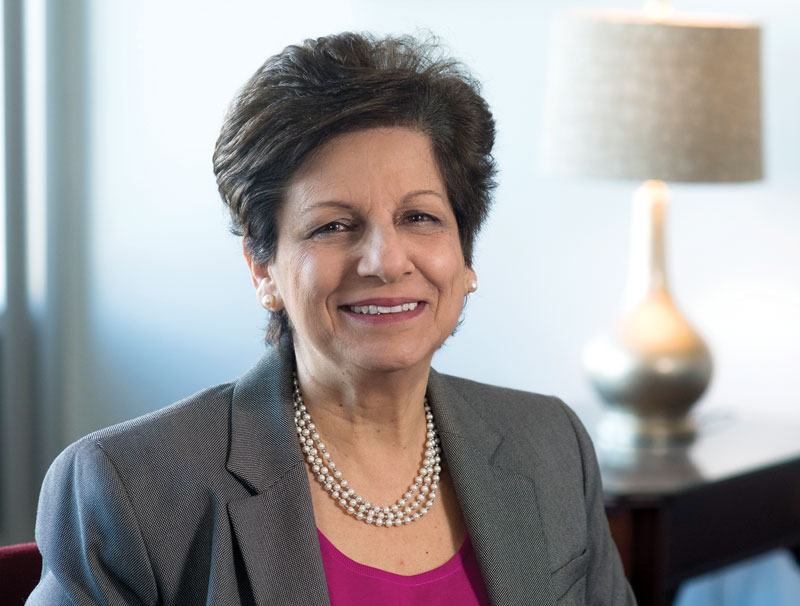 Mona Fouad leads a multipronged, statewide effort to raise Alabama's national health rankings by 2030.
Mona Fouad leads a multipronged, statewide effort to raise Alabama's national health rankings by 2030.
Listening tour
In teaching the workers, Fouad learned a few key lessons herself: Things that may seem insignificant—meeting people in places where they feel comfortable, for instance—can be crucial when it comes to improving health. And it’s important to listen closely to those you’re trying to help, to hear what they need.
So when the opportunity arose to apply for the UAB Grand Challenge, a competition to tackle major societal issues, Fouad—now the School of Medicine’s senior associate dean for diversity and inclusion, director of the Division of Preventive Medicine, and founding director of the Minority Health and Health Disparities Research Center (MHRC)— listened. “We have learned from our work with the MHRC that you have to engage with communities from the beginning,” she says. Fouad’s team organized town hall meetings in five Alabama counties and met with more than 100 community leaders. “We developed our strategies based on the needs and challenges they shared with us,” she explains.
Fouad’s plan, Live HealthSmart Alabama, aims to move the state out of the lowest levels of national health rankings by leveraging proven intervention strategies. “Whatever ranking you choose—heart disease, obesity, diabetes, stroke—we are 49th or 48th,” Fouad says. “We want to pull Alabama out of the bottom 10 by 2030.”
And Fouad knows it can happen. Through the MHRC, she has worked closely with communities to pioneer a series of successful health interventions. MHRC programs eliminated a 17-percent difference in cancer screening rates between white and black women in eight Alabama and Mississippi counties. They increased African-American participation in UAB’s clinical trials for cancer from 9 percent to 16 percent. And they have enabled more than 1,100 children in 25 schools and community centers in the greater Birmingham area to improve their nutrition and physical activity.
State of improvement: Compare Alabama’s current national health rankings with Live HealthSmart Alabama’s 10-year goals:
Obesity:
46th (2019) 37th (2030)
46th (2019) 37th (2030)
Diabetes:
48th (2019) 38th (2030)
48th (2019) 38th (2030)
High Blood Pressure:
49th (2019) 38th (2030)
49th (2019) 38th (2030)
High Cholesterol:
45th (2019) 38th (2030)
45th (2019) 38th (2030)
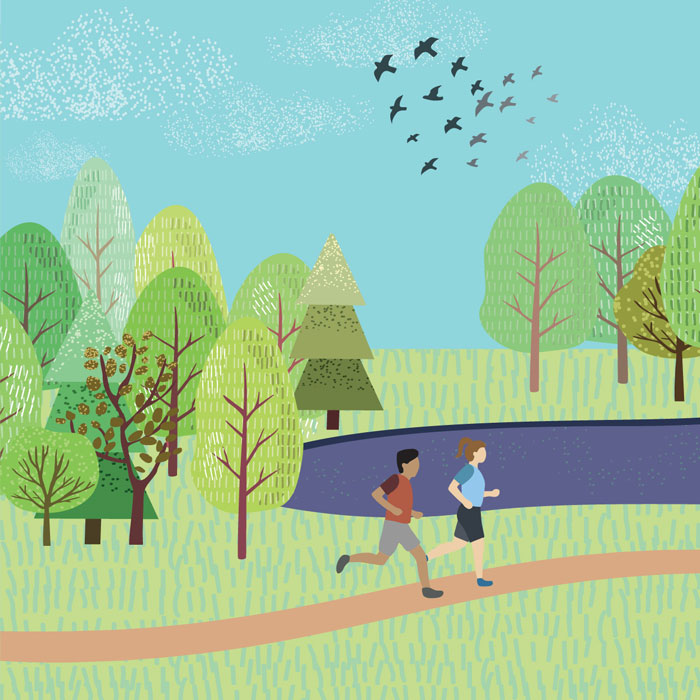
Grand challenges everywhere
In April 2019, Live HealthSmart Alabama was chosen as the inaugural project of the UAB Grand Challenge. But what is a grand challenge, exactly? “It’s a problem that is large in scope and results from complex causes,” explains Christopher Brown, Ph.D., UAB’s vice president for research. “Solving it requires a combination of innovative approaches, technologies, treatments, and policies.”
The idea of concentrating academic firepower on overarching problems is becoming popular nationwide, Brown notes. A 2017 report listed 19 universities pursuing grand challenges. UCLA has two—one aims to reduce depression by 50 percent by 2050; the other wants to make Los Angeles County 100-percent sustainable by the same year. Indiana University is working on bold solutions to the opioid crisis. Georgia Tech brings together hundreds of freshmen in a single residence hall to launch four-year projects targeting societal problems.
Closer to home, the UAB Grand Challenge is a centerpiece of the university’s Forging the Future strategic plan. “UAB is known for being in the community—and of the community,” Brown says. “Because of that, it’s our responsibility to find solutions to the seemingly intractable challenges facing our state. By bringing the UAB Grand Challenge into being, we join a select group of leading universities across the nation using this approach to find real-world solutions.”
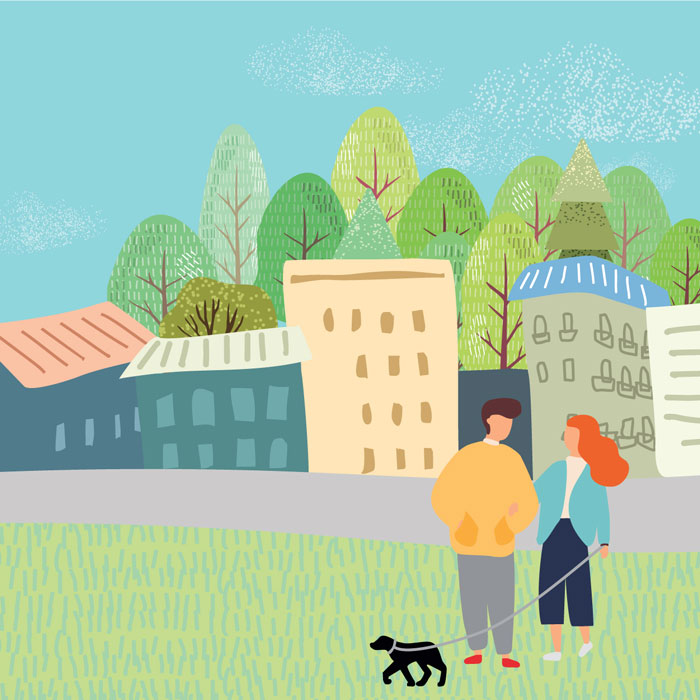
What’s the big idea?
The UAB Grand Challenge process began with a call for proposals in the spring of 2018 that attracted 77 concept papers full of ideas from faculty, staff, students, and the public. More than 200 local visionaries then met to share ideas and hone their projects, eventually coming together in 13 teams. Earlier this year, a group of national experts and UAB senior leaders reviewed six final proposals. In addition to Fouad’s project, these included plans to combat opioid addiction, launch new industries based on advanced materials, expand telehealth statewide, turn Birmingham into a test bed for “smart city” technologies, and transform urban and rural communities through health and education.
As the selected project, Live HealthSmart Alabama will receive a three-year, $2.7-million grant from UAB, with the goal of attracting millions more in external funding. “We want to concentrate enough resources around this project to really move the needle,” says UAB President Ray Watts, M.D.
Those resources include faculty and staff at the MHRC and in schools and centers across UAB’s campus. In addition, Fouad notes, “the UAB Grand Challenge team includes 90 partners from government, business, health care, education, and more in both leadership and advisory roles,” including senior leaders from Alabama Medicaid and Blue Cross Blue Shield, the Birmingham mayor’s office, nonprofits, and local and national firms. “We’ve been putting Band-Aids on things for the past 20 years, because we were all working separately,” Fouad says. Together, “we can develop a comprehensive approach to fix this complex problem.”
“The breadth of this project touches everyone,” Watts adds. “That’s why this team is a cross-section of UAB and the community.”
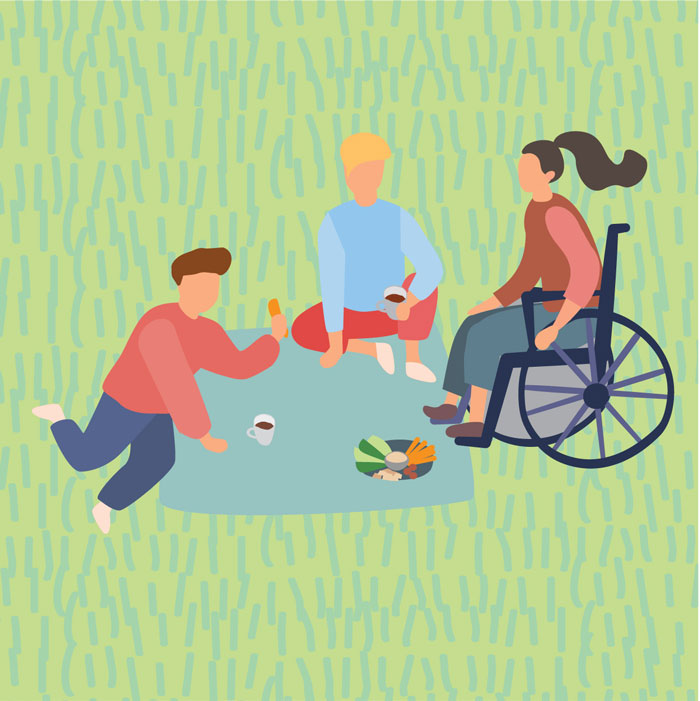
Redefining communities for better health
How does Live HealthSmart Alabama begin lifting the health of an entire state? The path forward is rooted in three common themes from the town hall discussions that launched the project, says Theresa Wallace, Ph.D., an MHRC program manager and the Live HealthSmart Alabama program director. Specifically, people talked about making physical activity easier and more accessible, improving the availability of nutritious food, and enhancing health care to facilitate prevention and wellness. “They want to know how to transform their community into one where healthy living is the easy, default choice,” Wallace says.
Consequently, the Live HealthSmart Alabama team will address the rules, structures, and places that define our daily lives—everything from public policies to the built environment, such as schools, workplaces, and neighborhood amenities. All initiatives will emphasize physical activity, good nutrition, and prevention and wellness. Fouad estimates that it will take about 10 years to reach the project’s long-term goal of moving Alabama’s national rankings in key metrics—obesity, diabetes, high blood pressure, and cholesterol—into the 30s, a tier above its current position. (Reducing the state’s obesity rate by 3.3 percent would move Alabama from #46 to #37 nationally, for example.) The mid-term goal is to “improve health behavior—getting people to eat more fruits and vegetables, exercise, stop smoking, lower blood pressure and cholesterol, and screen for cancer and chronic diseases,” Fouad adds.
Steps up: How can Live HealthSmart Alabama raise the state’s national rankings by targeting nutrition, physical activity, and prevention and wellness? Here are three examples:
Change the rules: Updating policies such as land-use zoning codes encourages the development of new parks and walking trails.
Change the structures: Organizing exercise and wellness programs in schools and workplaces can reach people where they spend most of the day.
Change the places: Partnering with the City of Birmingham to add sidewalks or streetlights and to address blighted areas can increase physical activity among residents by making neighborhoods more walkable.
Live HealthSmart Alabama launched in three Birmingham communities and on the UAB campus in 2019. Between 2020 and 2022, it will expand to additional urban and rural communities in Alabama.
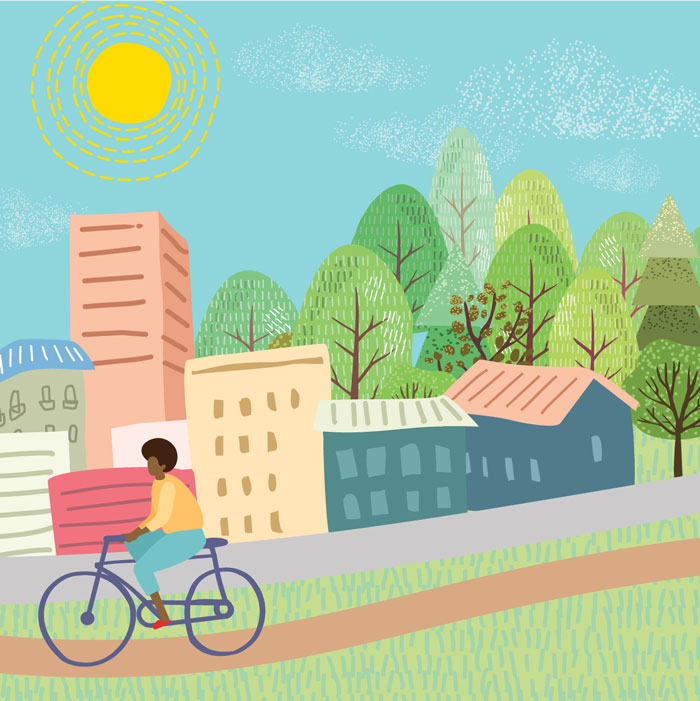
A springboard for success
While the challenges ahead are daunting, Live HealthSmart Alabama already has some advantages. First, it complements existing strategic plans and initiatives at UAB and partner organizations such as the Alabama Department of Public Health, ensuring that everyone aims for the same goals. The project launches in November 2019 with demonstration zones at UAB and in Woodlawn/Kingston, Bush Hills/Ensley and Eastlake—three Birmingham communities that are central to the city’s strategic plan. In those zones, Live HealthSmart Alabama partners will work to improve access to nourishing food, wellness and prevention programs, and places where residents can be physically active.
Second, Fouad and her colleagues come equipped with a toolkit of interventions that have succeeded on a smaller scale. These include UAB Wellness initiatives, which have led to a 13-percent increase in screening rates for colorectal cancer among employees enrolled in UAB medical plans. Parks Rx, another MHRC-related program, provides area residents with “exercise prescriptions” from physicians with the Jefferson County Department of Health. Those patients can then enter their ZIP codes on a smartphone, computer, or health department kiosk to get directions to nearby parks, complete with details such as walking trail lengths, opening hours, and pet policies.
These and other successful programs could be expanded or duplicated in communities across the state, or they could inspire exciting new ideas. Describing an MHRC partner that distributes fresh produce to corner convenience stories in the Kingston and Avondale neighborhoods, Fouad wonders, “What if we have an app that connects to the trucks and to food banks so that residents can see when the trucks are coming and what they have in stock? Everyone has a smartphone now. We want to develop innovations that are sustainable.”
Changing the world close to home: UAB undergraduate and graduate students will help Live HealthSmart Alabama reach its goals through new service-learning opportunities. These might include projects to map abandoned structures in communities or mentor students in local schools about health, says Lisa McCormick, Dr.P.H., associate dean for public health practice in the School of Public Health. “We teach students skills in the classroom, but this is the application,” McCormick says. These activities “will show students how they can work in Alabama communities to solve Alabama problems.
Healthy communities, happy lives
Fouad says “everyone is excited” by the opportunities presented by the UAB Grand Challenge—and by the potential to make a lasting impact in Alabama that will go far beyond a rise in health rankings. “Health is everything,” she emphasizes. “It is the core of a good quality of life, productive employees, successful students, and happiness in general.”


